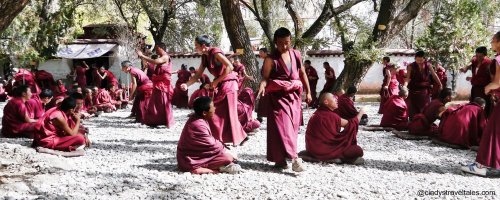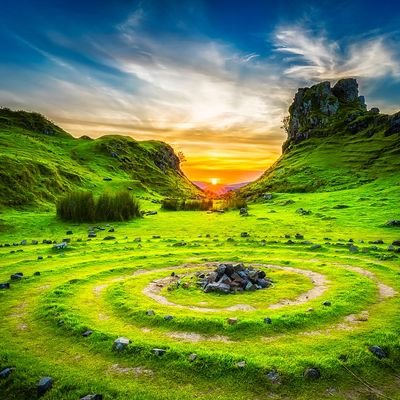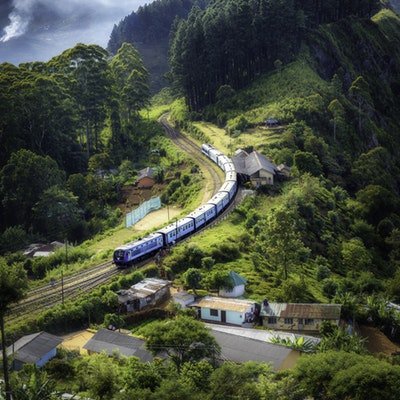Little did I know that my visit to Tibet in 2011 would leave such indelible impressions—ultimately serving as a catalyst for me to eventually meet His Holiness the Dalai Lama (HHDL). It started innocently enough by planning an arduous, two-week, overland odyssey from Lhasa to Everest Base Camp. I had read so many stories about the exotic Roof of the World. I decided I wanted to experience this vast and desolate Himalayan plateau—rooted in a remarkable, nomadic history and steeped in centuries-old holy traditions.
Once there, I was captivated with how those customs were still deeply embedded in everyday life, enlivening this distinctive culture. Jokhang Temple, the holiest centre in Tibet, was brimming with head-shaved monastics—dressed in flowing crimson and saffron robes—dutifully murmuring mantras in a constant hum, lighting a myriad of flickering butter lamps, conducting deistic ceremonies, and overseeing this classic sanctuary.

Meanwhile, throngs of devout pilgrims streamed into this Buddhist mecca. En route, some had tirelessly prostrated for weeks in a practice to purify their karma and venerate HHDL, their spiritual leader. At the entrance, we were greeted with smouldering sage and juniper that gave way to the aroma of ubiquitous yak-butter candles illuminating the windowless labyrinth of chapels. Inside, worshippers crammed together to catch a glimpse of the radiant statues and paintings dedicated to Buddha and a collection of bodhisattvas and deities. The thick clouds of incense and the din of chanting and rattling prayer wheels were overwhelming.

The atmosphere was similarly pious at the cardinal landmark, the Potala—the winter home of 10 reincarnated Dalai Lamas, with golden stupas entombing eight of them. There, thousands of colourfully ornamented devotees solemnly circumambulated the palace, clutching malas to build merit and guard against misfortune. Likewise, Norbulingka, the traditional summer lodging of the Dalai Lamas—from where the current one fled into exile in 1959—is universally revered by Tibetans.

I was so curious, ‘Why do Tibetans undisputedly adore the Dalai Lama?’
To answer this, Tashi, my guide, patiently provided valuable insights into the complicated and often downright fraught relationship with China that has plagued Tibet for eons. He unveiled countless sacred shrines, historic monasteries, and ancient landmarks which had been desecrated by the Chinese since the 1950s—in a violent bid to destroy Tibet’s extraordinary civilisation, lifestyle and social identity. Unlike any of my past venturesome excursions, I witnessed first-hand a fierce military occupation, in which armed police unceasingly stopped us to check our travel permits and heavily patrolled most public places to deter rogue individuals from any questionable behaviour or protests.
Though HHDL won the Nobel Peace Prize in 1989 for introducing his Middle Way approach—wherein, Tibet will not vie for independence, if its people are given cultural and religious autonomy—China has continued to assert that he is the enemy of the state. As a result, it has imposed some of the harshest restrictions anywhere on civil liberties. For example, it is illegal for Tibetans to show any loyalty to the Dalai Lama— including possessing or displaying any images of him. In addition, the Chinese authorities severely control Tibetan passports and have banned HHDL's return—as they view him as a significant threat to their autocratic, powerful rule.
Consequently, in 2009, in profound despair, monks and other devoted Tibetans started setting themselves on fire—dying as they simultaneously worshipped HHDL and condemned the Chinese regime for its cultural, social, economic, and political reforms.
The gravity of this situation was my tipping point: I had to meet the Dalai Lama, who, in exile in India, had globe-trotted to some 70 countries—engaging with a slew of leaders, as well as ordinary citizens, which hurled him to international fame.
I wondered, ‘Who is this icon with such a multifaceted mission?’ Not only does he advocate the welfare of Tibetans and teach Buddha’s principles, but he also discusses global environmental issues and promotes the virtues of non-violence, tolerance, compassion, universal responsibility, cognitive neurology, quantum physics, psychology, and interfaith harmony.
Stay tuned to read about my subsequent encounters with HHDL and find out how I was invited to meet him at his residence.
Cindy Payne is a Singapore-based adventure travel writer and photographer who has her own blog Cindy’s Travel Tales.
All content images © Cindy's Travel Tales















